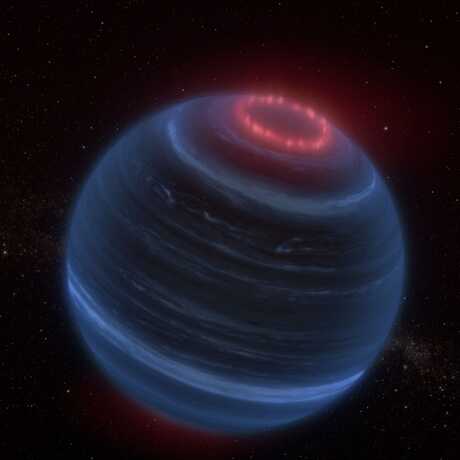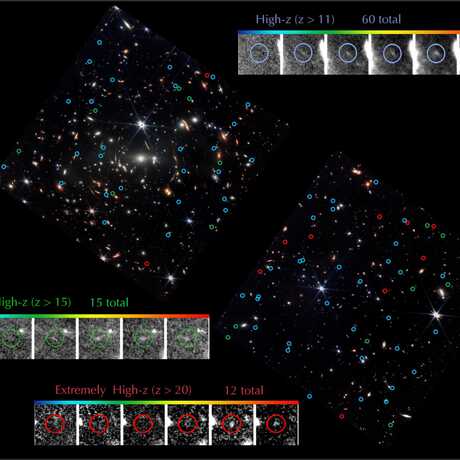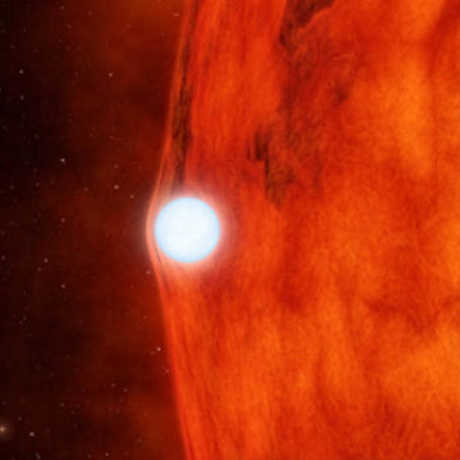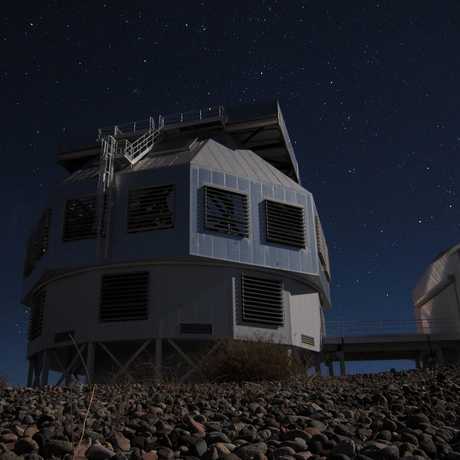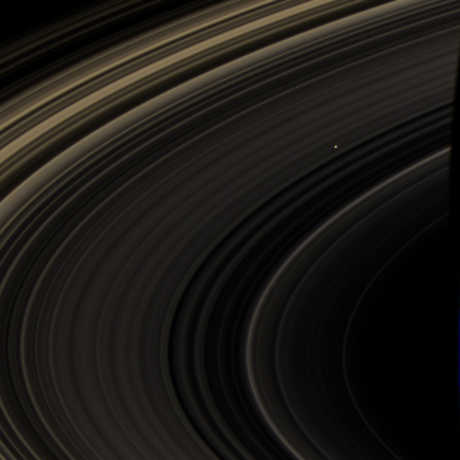We're open daily! View holiday hours
Featured Articles
Brown dwarf W1935 exhibits signs of glowing methane—possibly caused by aurorae!
Cassiopeia A is one astronomical object that looks exactly like what it is—a star that exploded 350 years ago!
JWST launches the first day of astronomy’s big meeting with news about science, technology, and galaxies!
The connection between disks and planet formation continues to expand as astronomers view them in new detail.
Speed in Space is the latest, non-fulldome presentation by Morrison Planetarium. Part of the Academy’s Bu...
Academy Director of the Morrison Planetarium and Science Visualization reports about brown dwarfs from the Las Campanas Observatory in Chile. Join him in person at NightLife (6:30pm planetarium show on March 28th) for the "Color of the Cosmos" special presentation.
Academy Director of the Morrison Planetarium and Science Visualization reports from the Las Campanas Observatory in Chile. Today's post looks at why astronomers locate the brown dwarfs.
Academy Director of the Morrison Planetarium and Science Visualization reports from the control room of a twin 6.5-meter Magellan telescope at Las Campanas Observatory in Chile.
Planetary scientist Amanda Hendrix gives us the latest news from the Cassini mission.
What can the neighboring galaxy M106 tell us about more distant galaxes?
by Bing Quock
Discovered in June 2011, Comet C/2011 L4 Pan-STARRS (yeah, quite a mouthful) is one of tw...
